
Print Daemon Ex Libris Developer Network
You can register a printer connected by "Line Printer Daemon - LPD" in macOS. Registering a Printer Connected by TCP/IP. Enter the number included in the model name of the printer in the search field → select the corresponding driver in the search results → click [OK]. For example, if the model name is "MF735C", enter "735" and select.
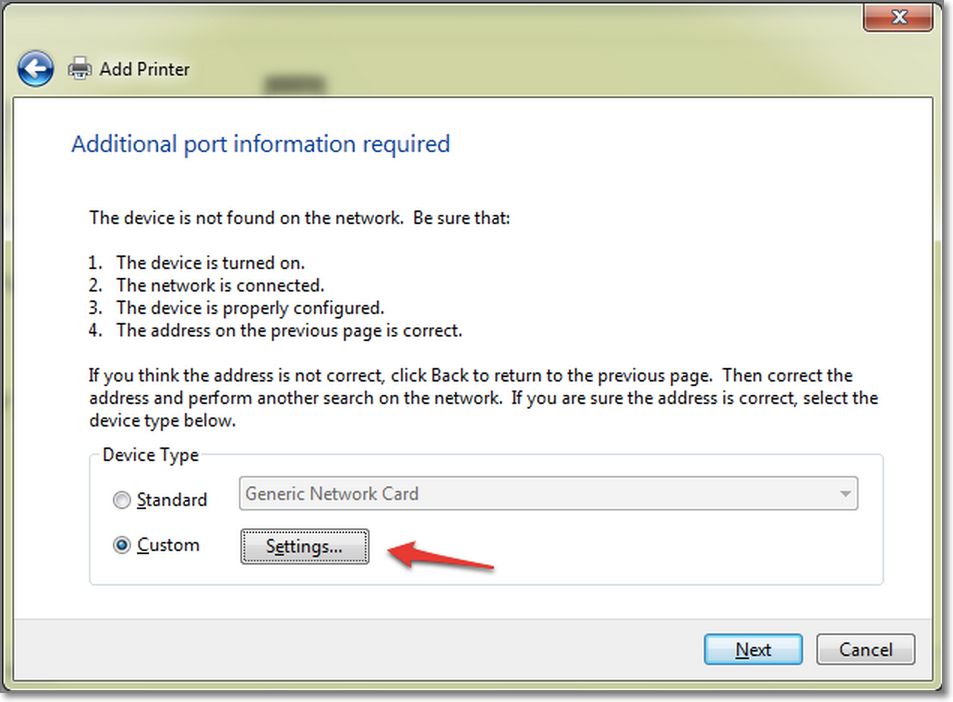
Hoe stel ik de printer in op Line Printer Remote (LPR)/ Line Printer Daemon (LPD) in Windows met
Reference article for the lpr command, which sends a file to a computer or printer sharing device running the Line printer Daemon (LPD) service in preparation for printing.
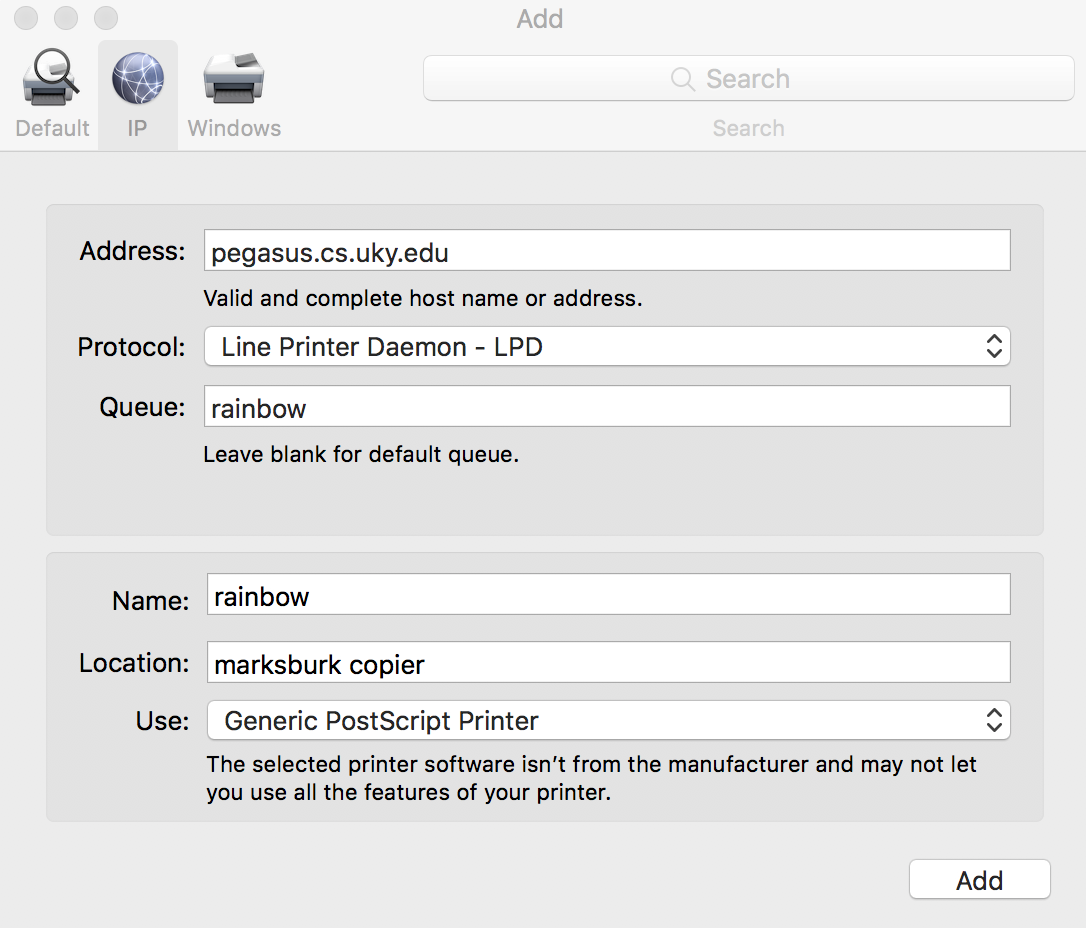
Line Printer Daemon protocol Line Printer Daemon protocol JapaneseClass.jp
The Line Printer Daemon protocol/Line Printer Remote protocol (or LPD, LPR) is a network printing protocol for submitting print jobs to a remote printer.The original implementation of LPD was in the Berkeley printing system in the BSD UNIX operating system; the LPRng project also supports that protocol. The Common Unix Printing System (or CUPS), which is more common on modern Linux.

Line Printer Daemon protocol Line Printer Daemon protocol JapaneseClass.jp
The Line Printer Daemon protocol/Line Printer Remote protocol (or LPD, LPR) is a network printing protocol for submitting print jobs to a remote printer. The original implementation of LPD was in the Berkeley printing system in the BSD UNIX operating system; the LPRng project also supports that protocol.
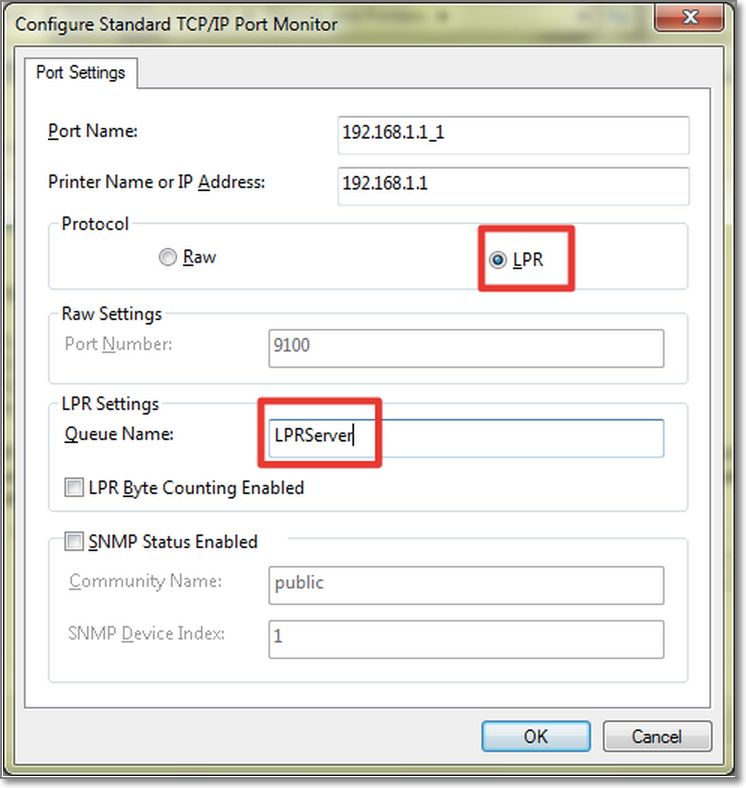
How to set networked printer by LPR (Line Printer Remote)/LPD (Line Printer Daemon) in OS
SDI LPD Line Printer Daemon (LPD) Overview. SDI LPD is a 32-bit print daemon (RFC 1179) that accepts print jobs from a remote computer and prints them on a Windows local or network printer. SDI LPD runs on Windows 11, 10, 8, 7. XP and Windows Server 2022, 2019, 2016, 2012, 2002, and 2000. Any computer operating system that supports LPR (VSE, VM.
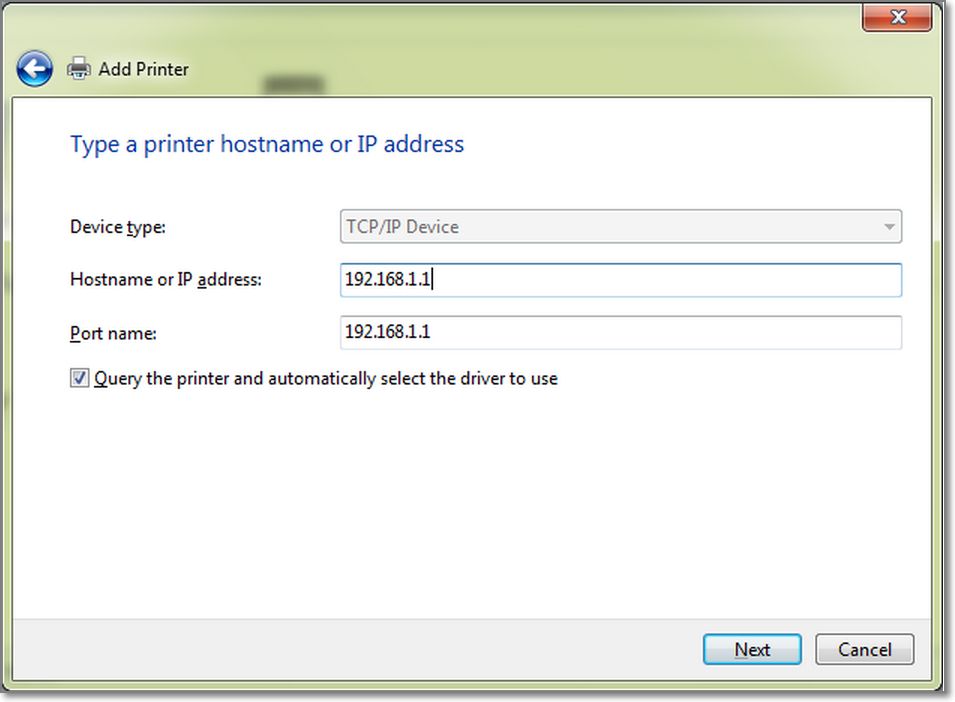
¿Cómo puedo establecer la impresora mediante Line Printer Remote (LPR) o Line Printer Daemon
The Line Printer Daemon (LPD) and Line Printer Remote (LPR) protocols provide printer spooling and network print server functionality for UNIX-based systems, such as HP-UX, Linux, and Macintosh. Access the Embedded Web Server and log in to the Embedded Web Server as a System Administrator.

Printing Add Alderman 305 printer to a Mac ITUMN The people behind the technology
Line Printer Daemon (LPD): LPD, primarily in UNIX systems, acts as the server-side component that LPQ interacts with. It is the background process that manages print jobs on the server, handling requests from client machines. LPD queues these requests, processes them, and communicates with the actual printer hardware.

Line Printer Daemon protocol Line Printer Daemon protocol JapaneseClass.jp
4 Share 3.1K views 7 years ago The Line Printer Daemon protocol/Line Printer Remote protocol is a network protocol for submitting print jobs to a remote printer. The original implementation.
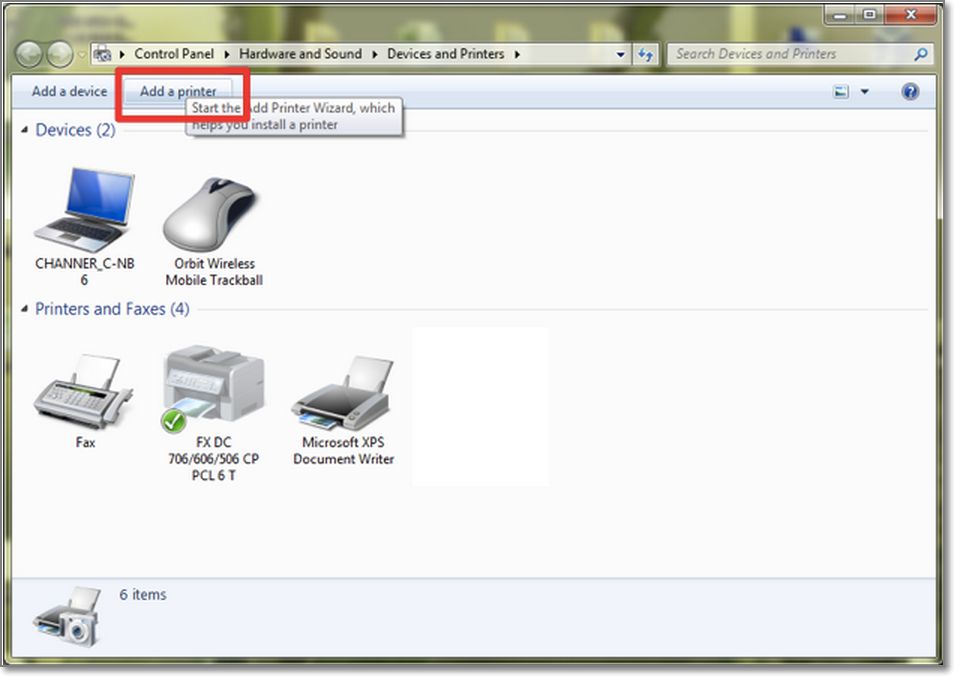
Come posso impostare la stampante Line Printer Remote (LPR) / Line Printer Daemon (LPD) in
LPR/LPD is a network protocol for sending and receiving print jobs using TCP/IP. Line Printer Requester (LPR) is the protocol that sends a print job to a remote printer or a server, and Line Printer Daemon (LPD) is the protocol for receiving a print job on a printer or a server.
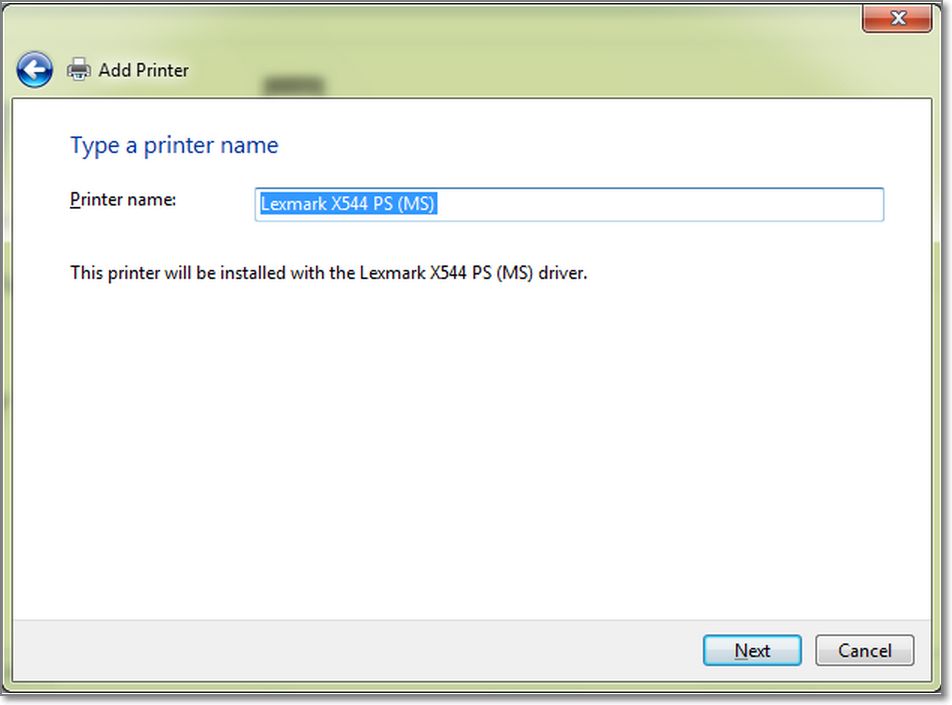
Wie konfiguriere ich einen Netzwerk Drucker mit LPR (Line Printer Remote)/LPD (Line Printer
The Line Printer Daemon protocol/Line Printer Remote protocol is a network printing protocol for submitting print jobs to a remote printer. The original implementation of LPD was in the Berkeley printing system in the BSD UNIX operating system; the LPRng project also supports that protocol. The Common Unix Printing System , which is more common on modern Linux distributions and also found on.

Linux Line Printing Daemon for Mainframe Application "PrinttoEmail" LG 77
LPD is the "line print daemon" which is a way of saying it handles incoming print requests from LPR. Nearly every computer system supports LPR/LPD and networked printers. Of course, it's not the only print protocol used today, but it is undoubtedly well-represented. History
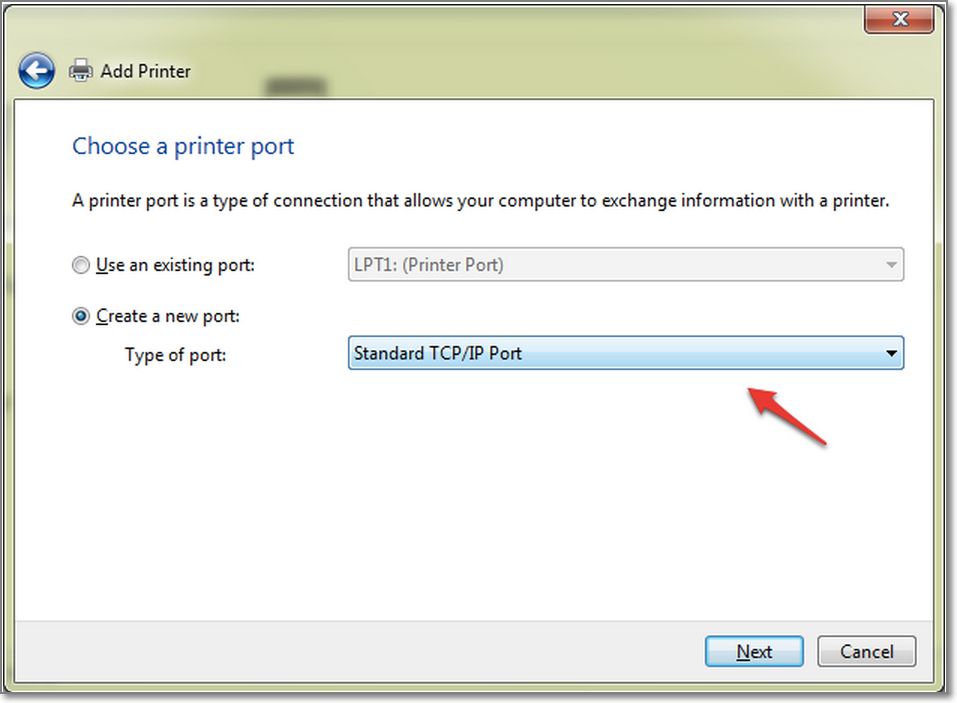
Windows işletim sisteminde ASUS kablosuz yönlendiricinin ASUSWRT firmware'i ile Line Printer
2. Type and search [ Printers and scanners] in the Windows search bar, click [ Open]. 3. Next to Add a printer and scanner, click [Add device]. If your printer isn't in the list, next to The printer that I want isn't listed, click [ Add manually ]. 4. Select [ Add a local printer or network printer with manual settings], click [ Next]. 5.
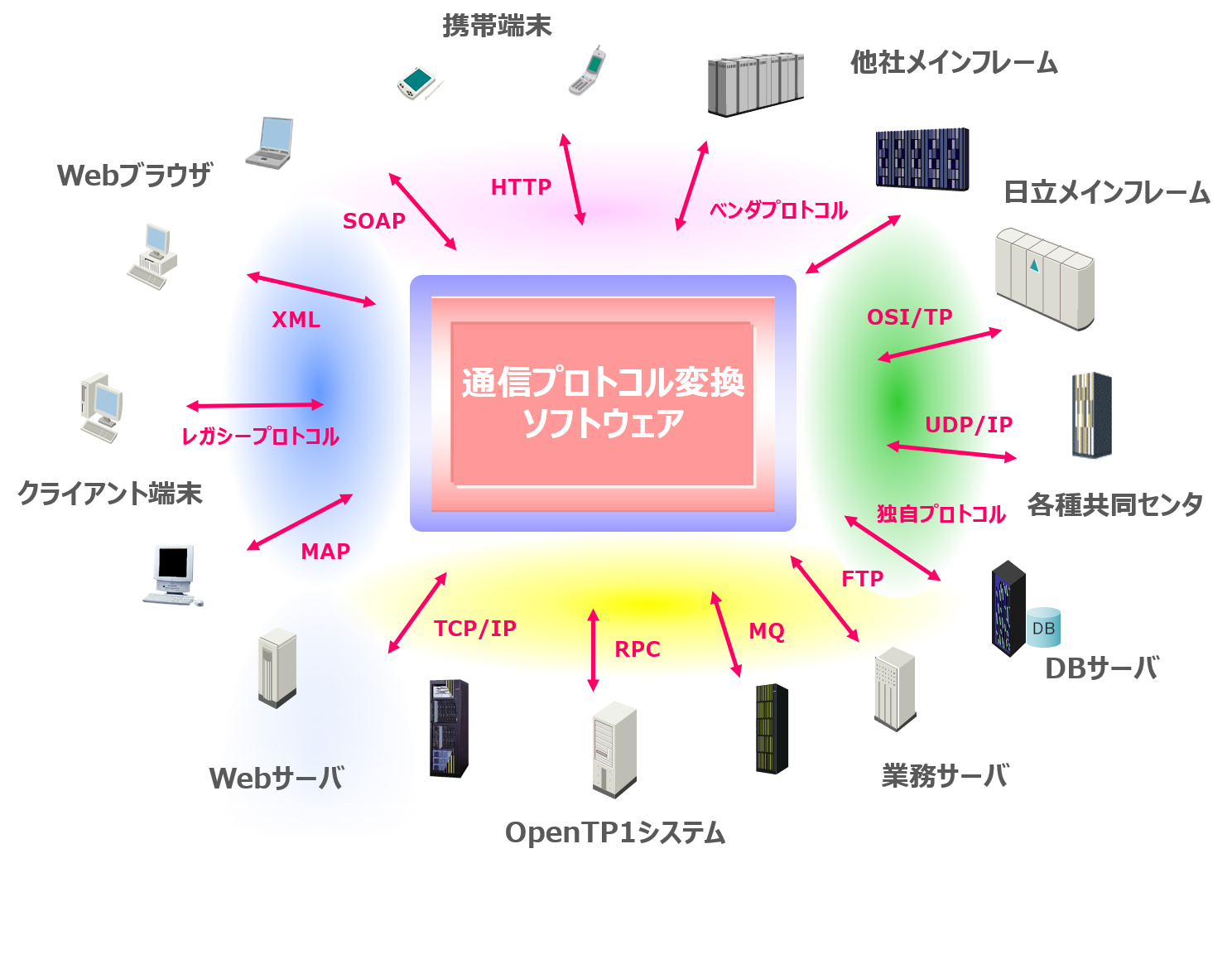
Images of Line Printer Daemon protocol JapaneseClass.jp
The Line Printer Daemon (LPD) protocol provides printer spooling and network print server functionality for UNIX-based systems, such as HP-UX, Linux, and Macintosh. Windows®uses LPD for LPR print protocol. Access the printer's Embedded Web Server and log in as a System Administrator.

How to set up and use the Alma Print Daemon Ex Libris Developer Network
LPD: Line Printer Daemon. Refers to the process that accepts print job from the line printer daemon client (the LPR client). This is analogous to the printer or the print server software and is often called the 'LPD server'. The print server waits for the client to send it jobs. A print server may be capable of handling multiple printers and.
:max_bytes(150000):strip_icc()/SetupLPR-57ed59c35f9b586c35ea58ce.jpg)
Share Your Windows 7 Printer With Your Mac
Short for line printer daemon, LPD is a printer protocol that is used to connect workstations and printers over a TCP/IP network. Although LPD was created for Linux and Unix systems, it is now a De Facto Standard for printer communications across platforms. Related information Printer help and support.
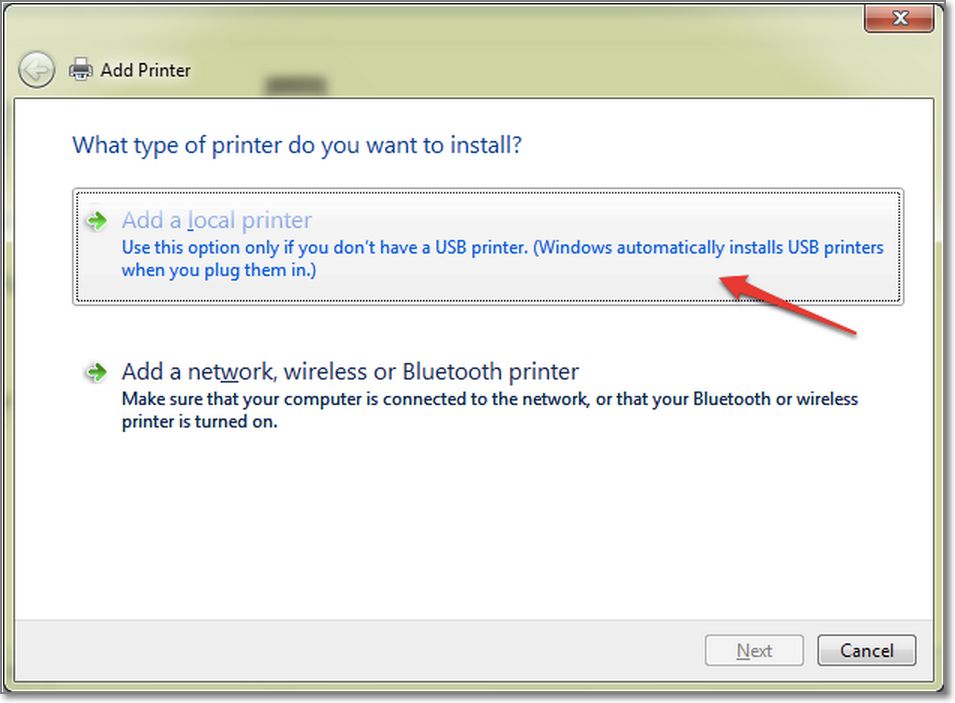
Windows işletim sisteminde ASUS kablosuz yönlendiricinin ASUSWRT firmware'i ile Line Printer
The LPD Service (LPDSVC) enables client computers to print to the Line Printer Daemon (LPD) service on this server by using TCP/IP and the Line Printer Remote (LPR) protocol. This service is part of the Print and Documents Services feature of the operating system.This service is not installed by default.